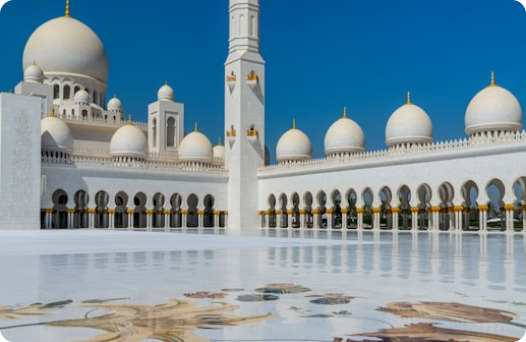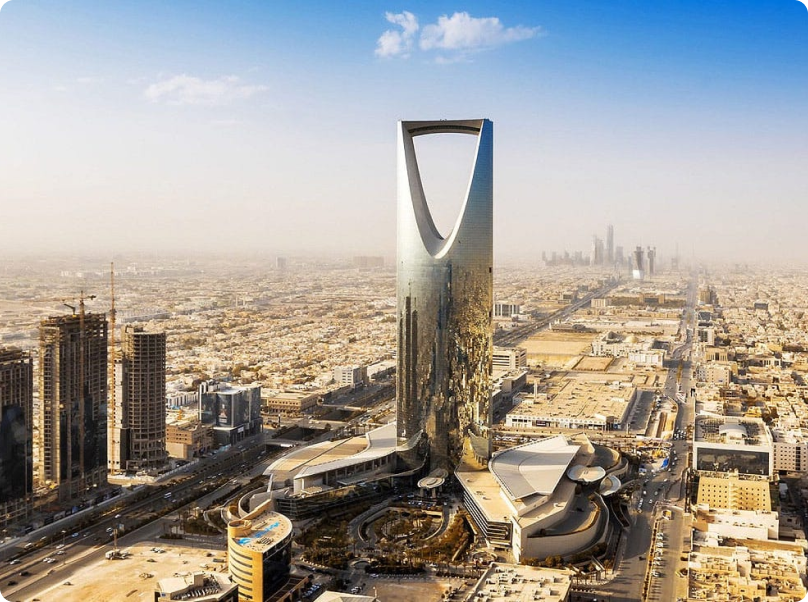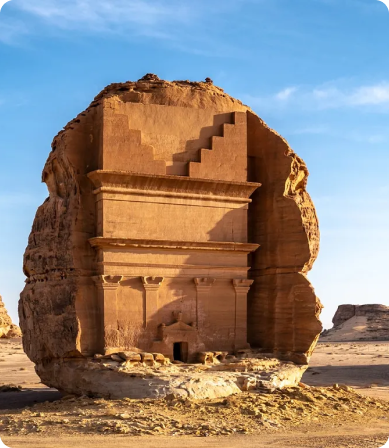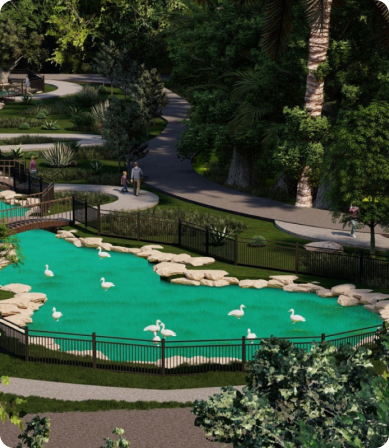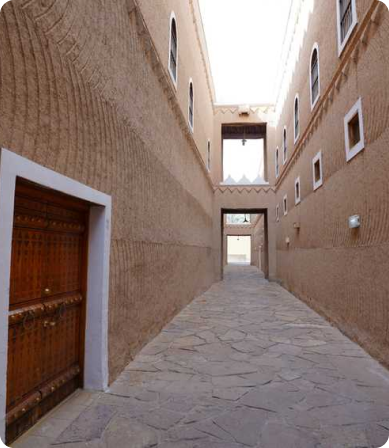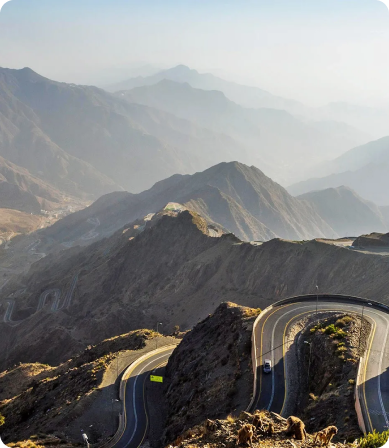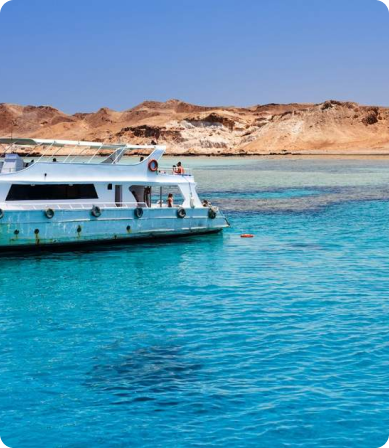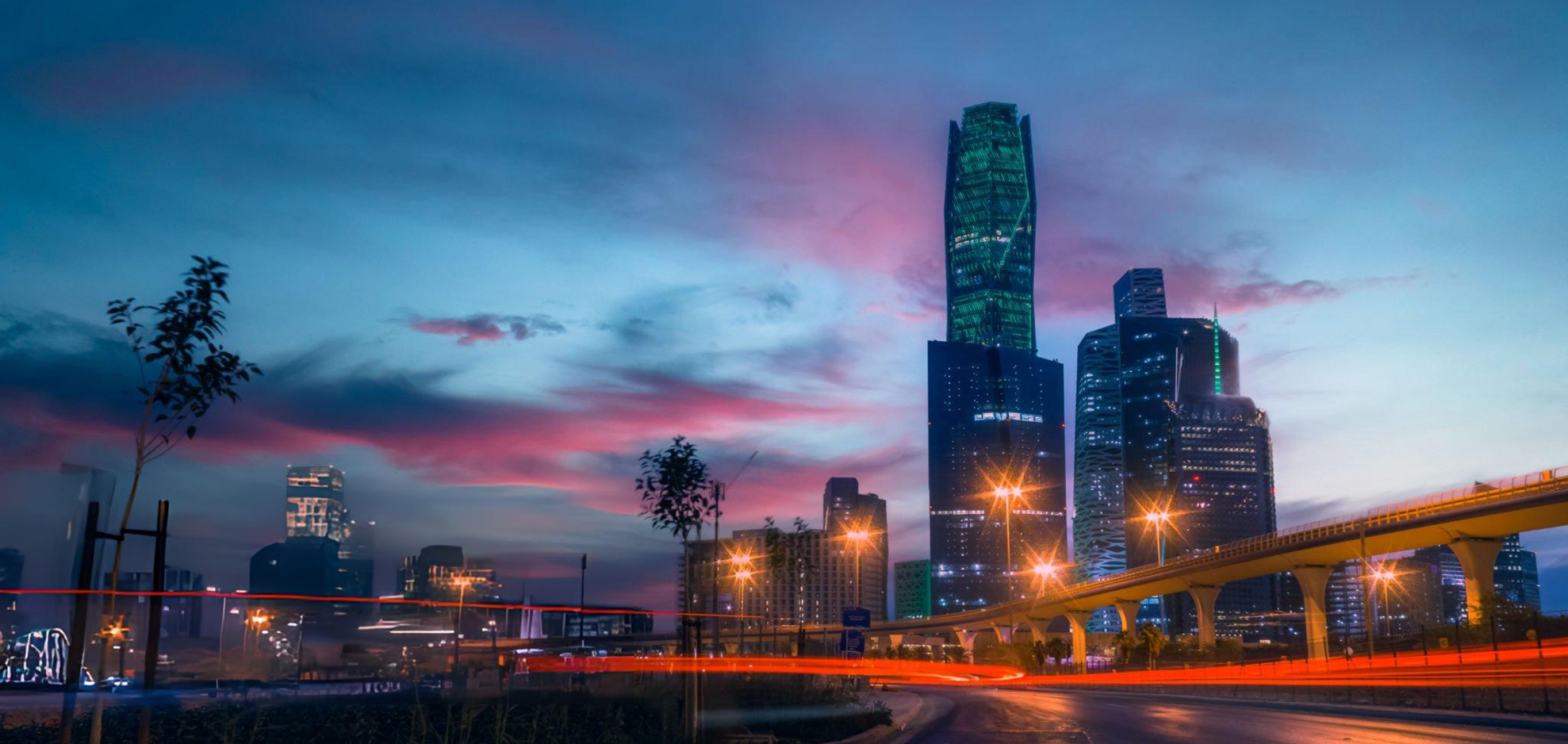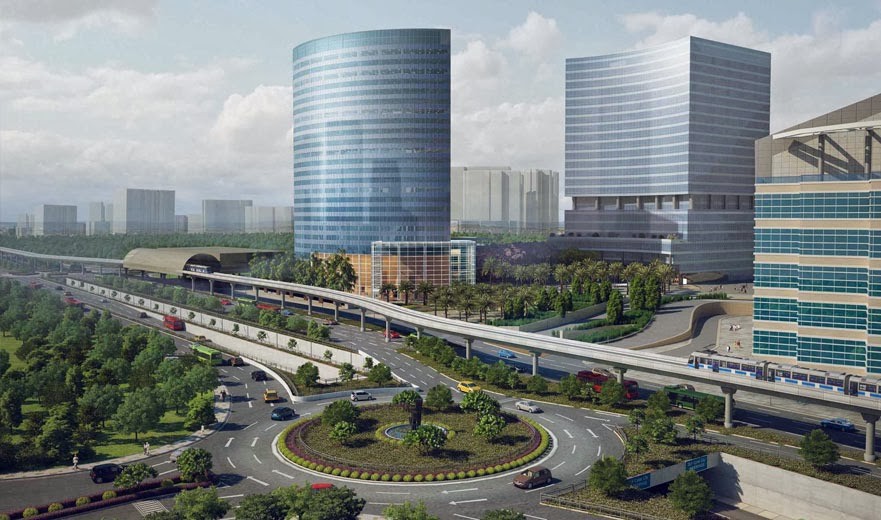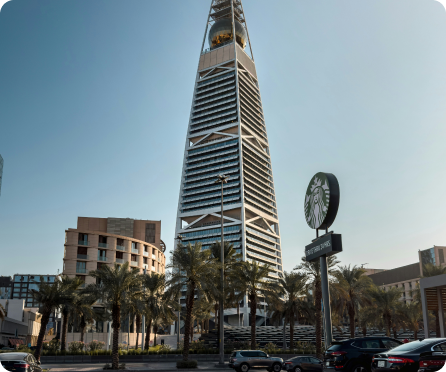Discover the Best of Taif
Riyadh, the beating heart of Saudi Arabia, is a city where ancienttraditions intertwine with modern aspirations. As the capital andlargest city, it's a vibrant metropolis that serves as the nation'spolitical, economic, and cultural hub.

Riyadh's history stretches back to the 18th century, when it was a modest settlement named after the Arabic word "rawdha," meaning garden, a nod to its oasis origins. It rose to prominence in the early 20th century when King Abdulaziz Al Saud, the founder of modern Saudi Arabia, chose it as his capital. Since then, Riyadh has transformed from a small town into a bustling urban center, reflecting the nation's growth and ambition.
The city's desert climate is characterized by scorching summers with temperatures exceeding 45°C (113°F) and mild winters that dip to around 8°C (46°F) at night. Rainfall is scarce, averaging only 3 inches (75 mm) annually, primarily during the short winter months.
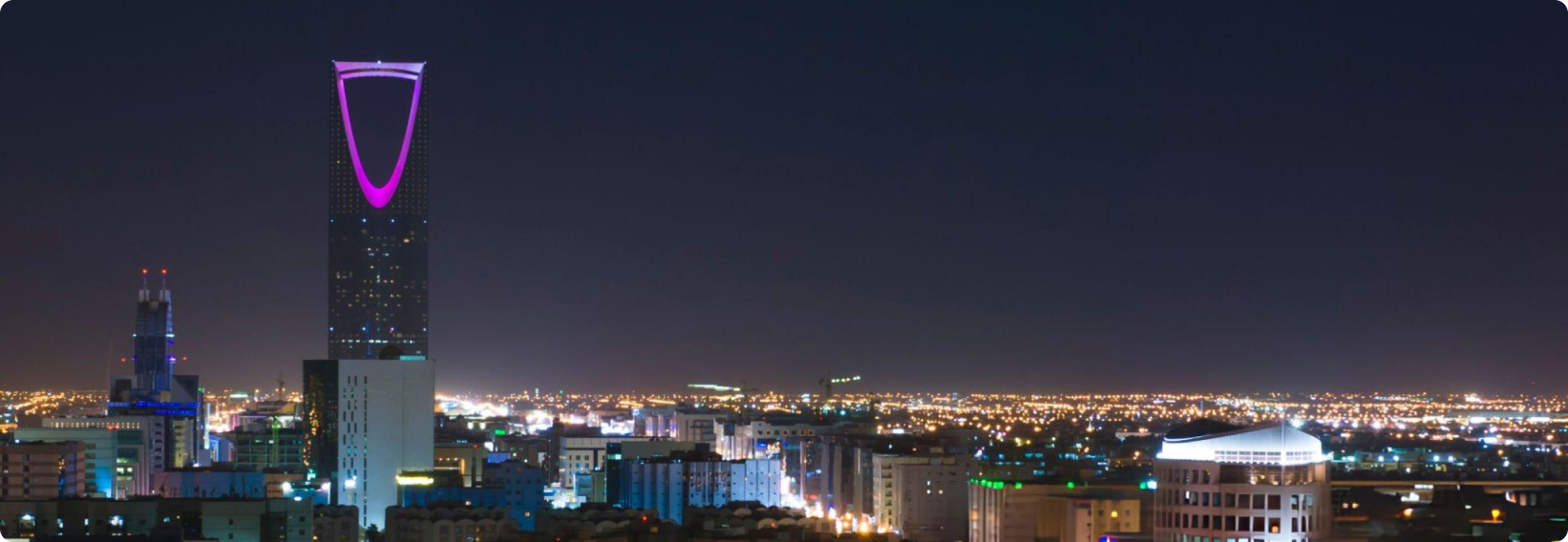
Riyadh's population is estimated at over 7 million, making it one of the Middle East's most populous cities. It's a melting pot of cultures, with a large expatriate community adding to its diversity. The city's youthful demographic, with a significant percentage under 30, reflects Saudi Arabia's young population.
Riyadh is the economic powerhouse of Saudi Arabia, playing a crucial role in the nation's GDP. It's home to numerous multinational corporations, financial institutions, and government agencies. Key sectors driving the economy include oil and gas, construction and real estate, and finance.

Riyadh's population is estimated at over 7 million, making it one of the Middle East's most populous cities. It's a melting pot of cultures, with a large expatriate community adding to its diversity. The city's youthful demographic, with a significant percentage under 30, reflects Saudi Arabia's young population.
Riyadh is the economic powerhouse of Saudi Arabia, playing a crucial role in the nation's GDP. It's home to numerous multinational corporations, financial institutions, and government agencies. Key sectors driving the economy include oil and gas, construction and real estate, and finance.




